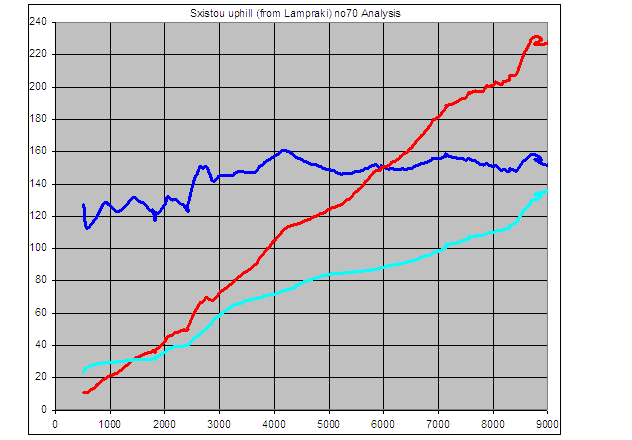There are old american four bangers with bigger volume but you would be down on power. biggest i know of is NA rallycross spesial moulds of the original volvo B23 block moulds. they go up to 3liters. you can probably get them above 2.5L and go turbo on them. There are lots of 6-700hp+ volvo engines in sweden and norway. Is this a drag racing engine?
Many of the volvo engines are straight up replicas or close to it of great historical engines. Their diesel straight five block can be mounted with audi heads. A common thing to see here. Many many cars got this and 800-1000hp. the straight five with audi heads is a better option than the 4 cyls from volvo.
Another good 4 cyl is probably the mitsubishi Evo X motor. Or something bought from decendant racing. They run a Scion in time attack with way too much power for FWD configuration. The engine seems to blow up often tho. So yea five syl block..
Edited by MatsNorway, 24 November 2013 - 06:37.

















